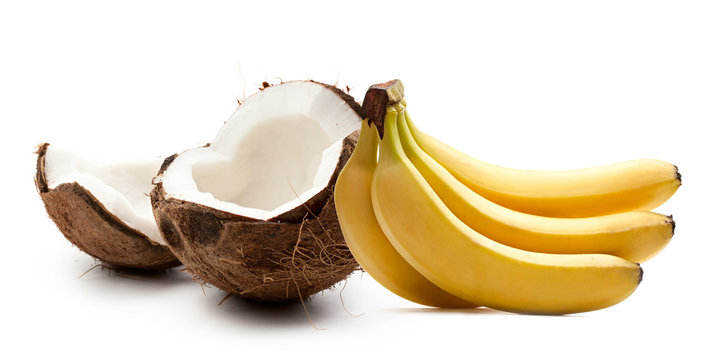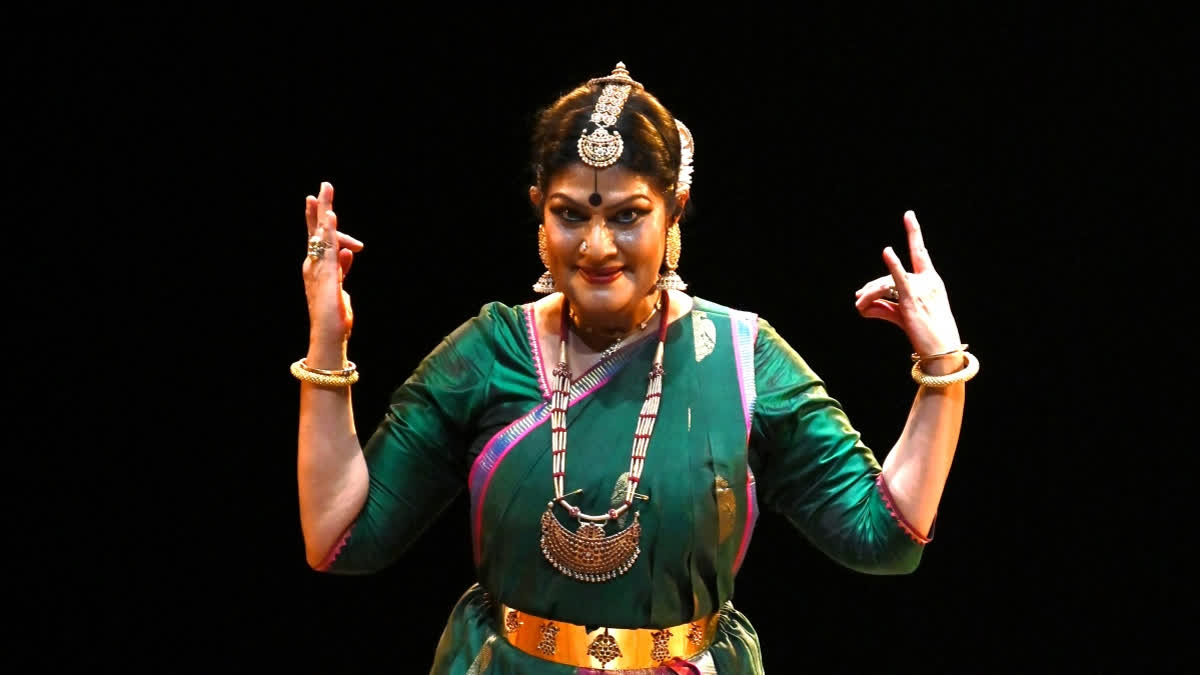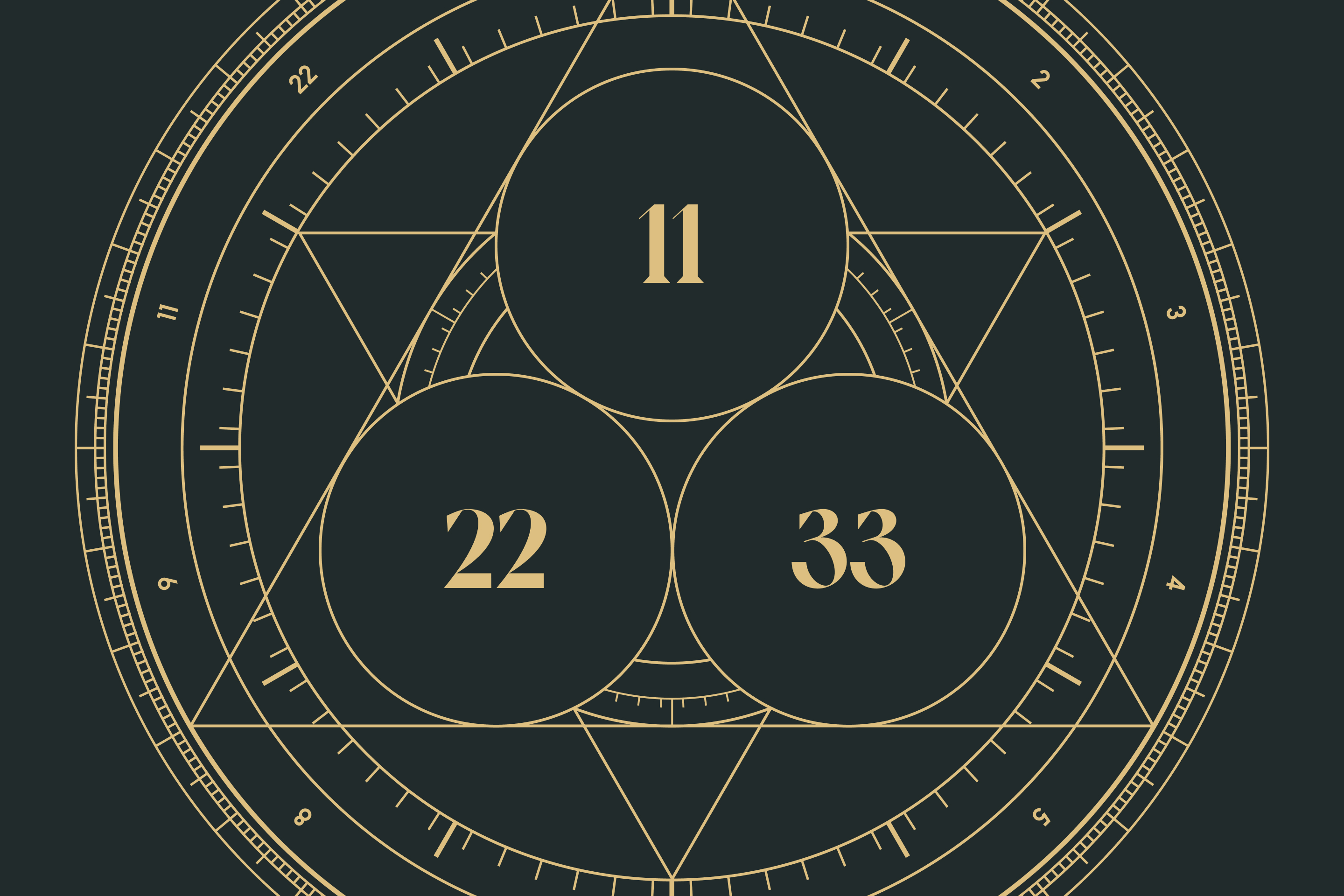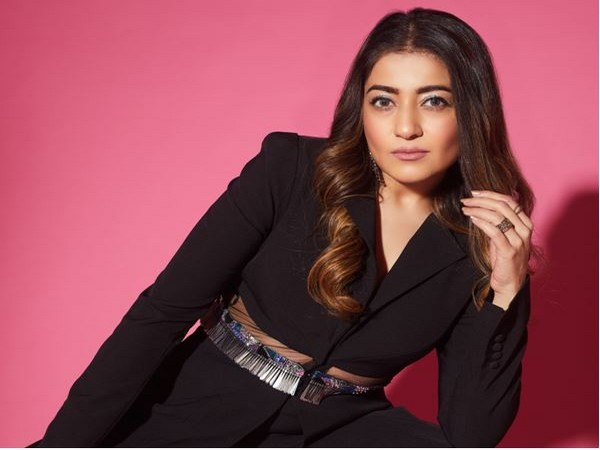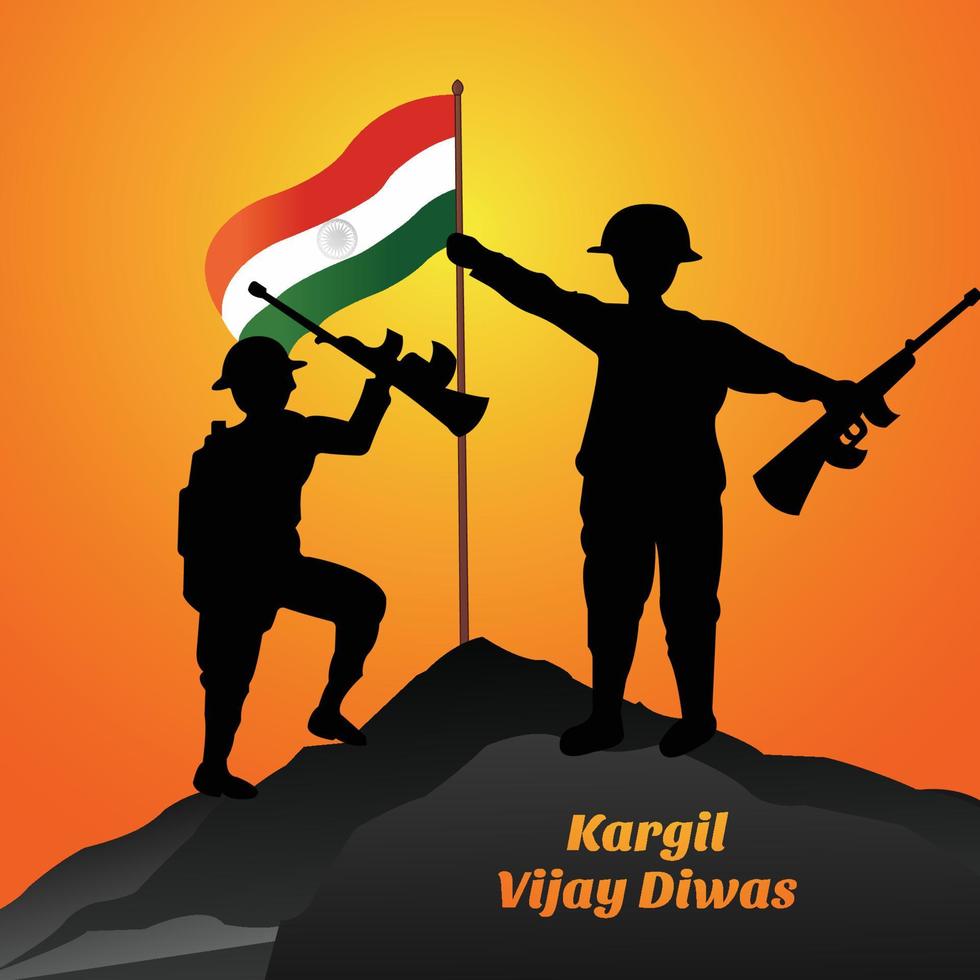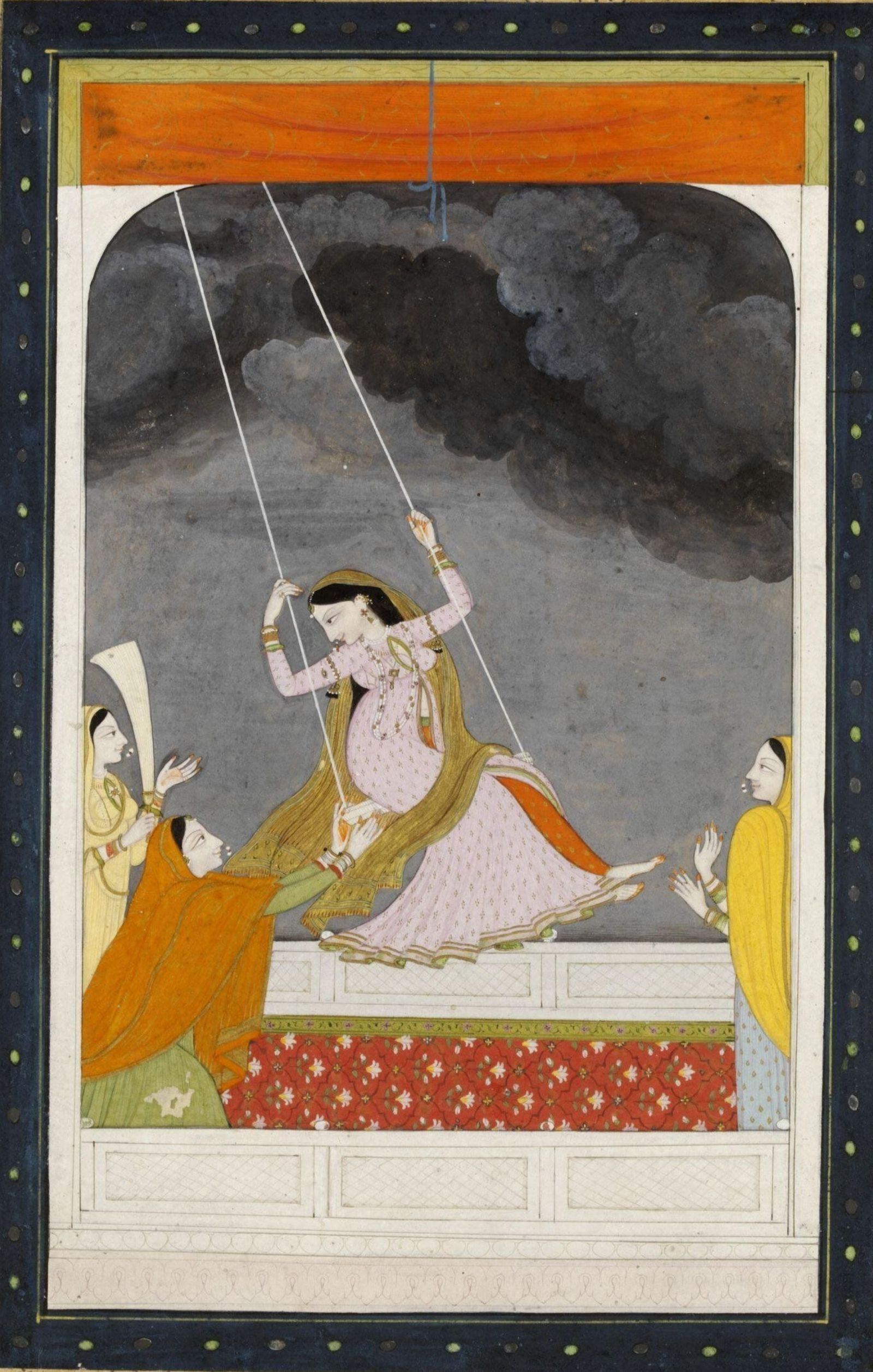
Indian art has always been deeply drawn to the monsoon. Artists from royal courts to folk villages have used rain, dark clouds, peacocks and lush landscapes to express seasons of love, longing, fear and hope. Miniature paintings often feature Radha and Krishna under stormy skies. Udaipur court scenes show kings riding through swollen rivers, capturing real water levels and floods, expressing both relief and awe.
The emotional tone of monsoon art varies across regions and eras. Some images reflect joy and fertility with bright greenery in Raga Malhar scenes. Others use dark, brooding skies and lightning to hint at distress or separation, especially in depictions of lovers braving storms. In folk art like Gond and Warli, rain scenes show working villagers, playful birds, children in puddles a lively celebration of life in the rains.
Over centuries, Indian art transformed monsoon into a symbol beyond weather. It appears in poems, music (like Barahmasa and Raagmala), temple murals, and court art to represent changing moods, romance, divine forces, and social cycles. This emotional history of rain shows how art and culture remain tied to monsoon’s meaning in Indian life.
Tags:
Post a comment
From Data entry to AI: The new skills finance freshers...
- 09 Jul, 2025
- 2
Can Numbers Reveal Your Hidden Money Luck?
- 25 Jul, 2025
- 2
SBI PO Prelims Admit Card Coming Soon
- 25 Jul, 2025
- 2
MBA Students Favor India Over U.S.? Debate Grows
- 22 Jul, 2025
- 2
AI may replace your job by 2030—unless you do this...
- 15 Jun, 2025
- 2
Categories
Recent News
Daily Newsletter
Get all the top stories from Blogs to keep track.






